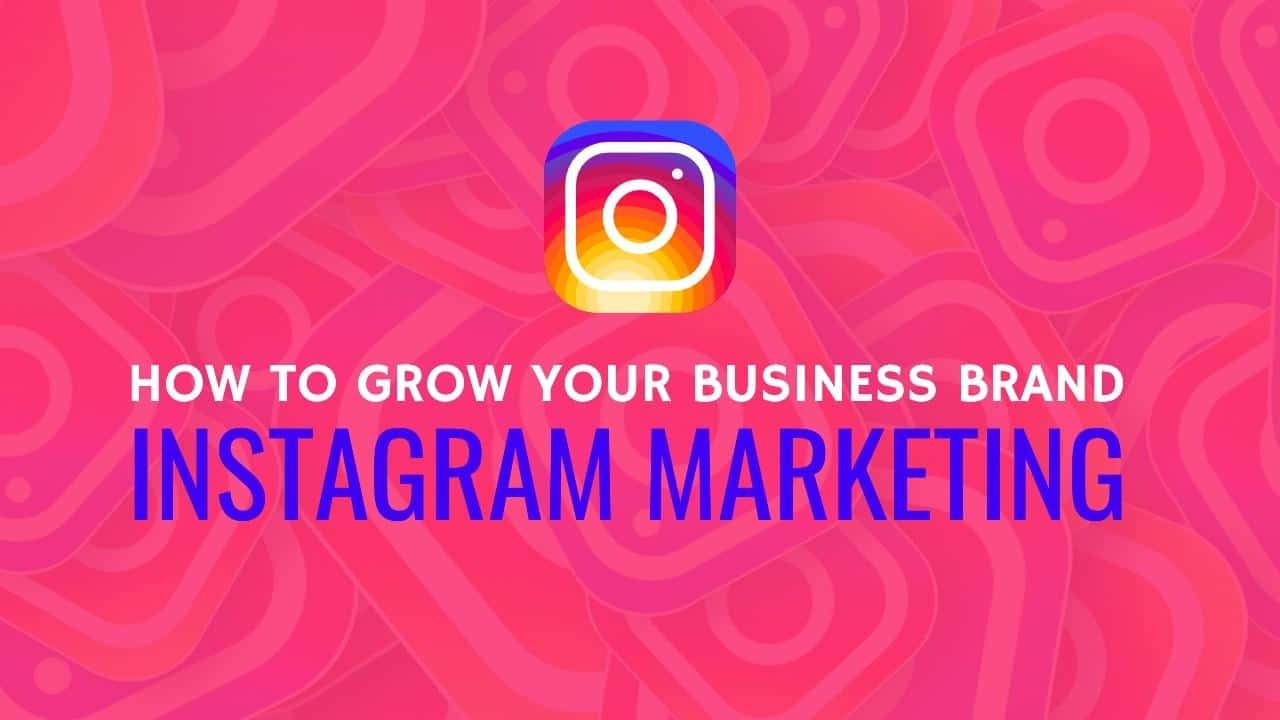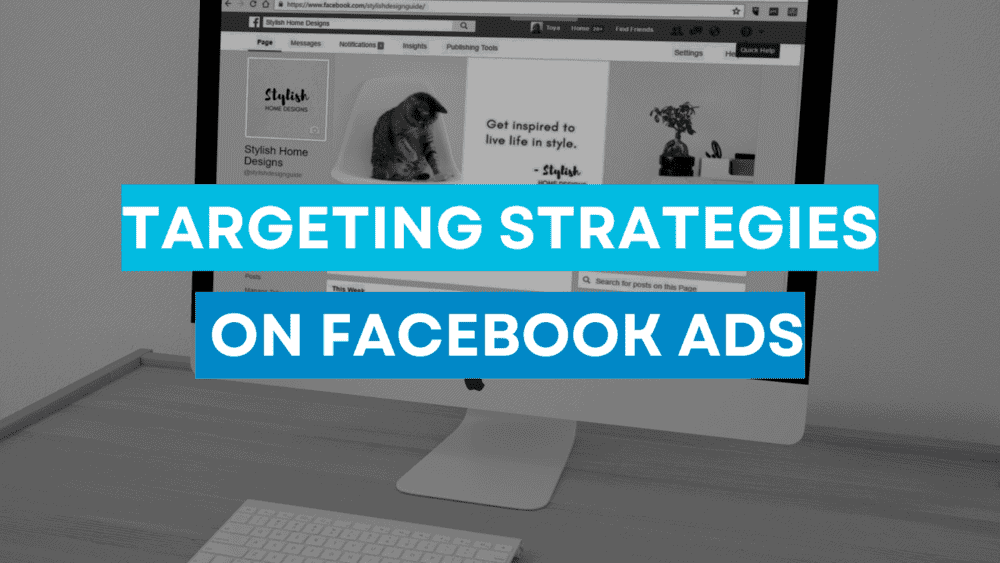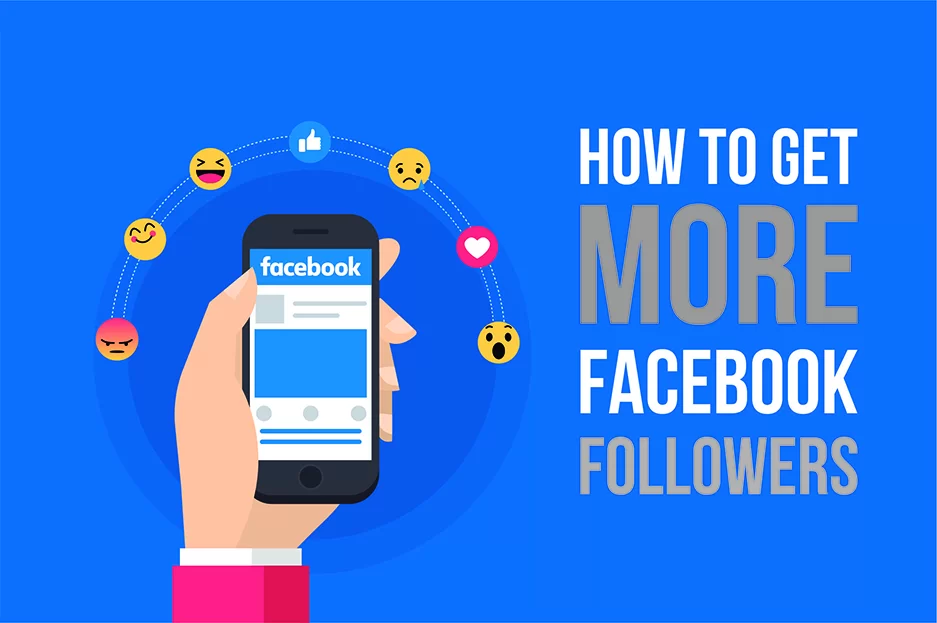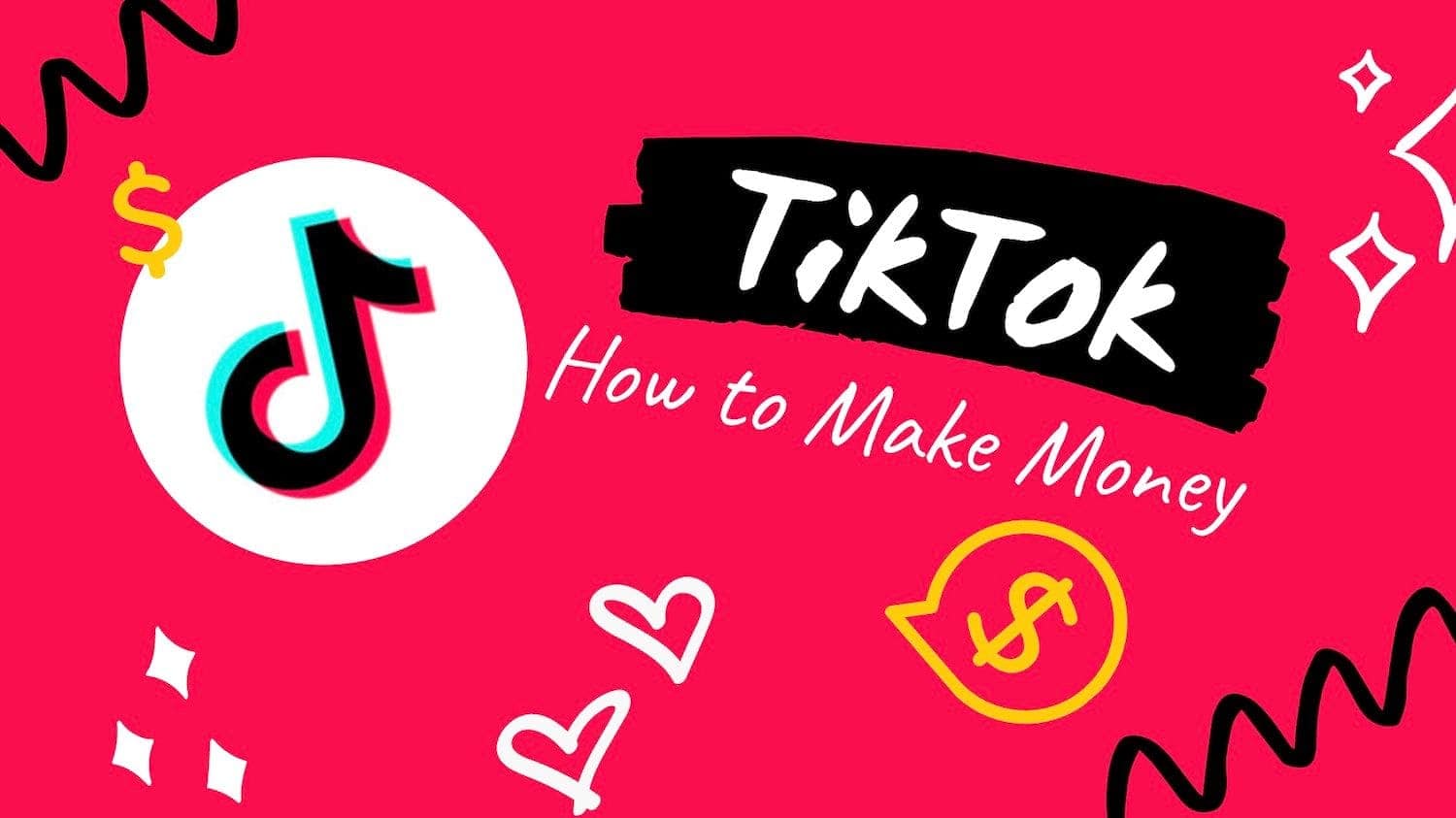How to Create AI-Enhanced Videos for Marketing and Branding
Video marketing has become an indispensable tool for businesses and brands looking to connect with their target audience. Videos are not only engaging but also offer a versatile platform to convey brand messages, showcase products, and tell compelling stories. However, the competition is fierce, and standing out in the crowded digital landscape requires innovation. This … Read more










